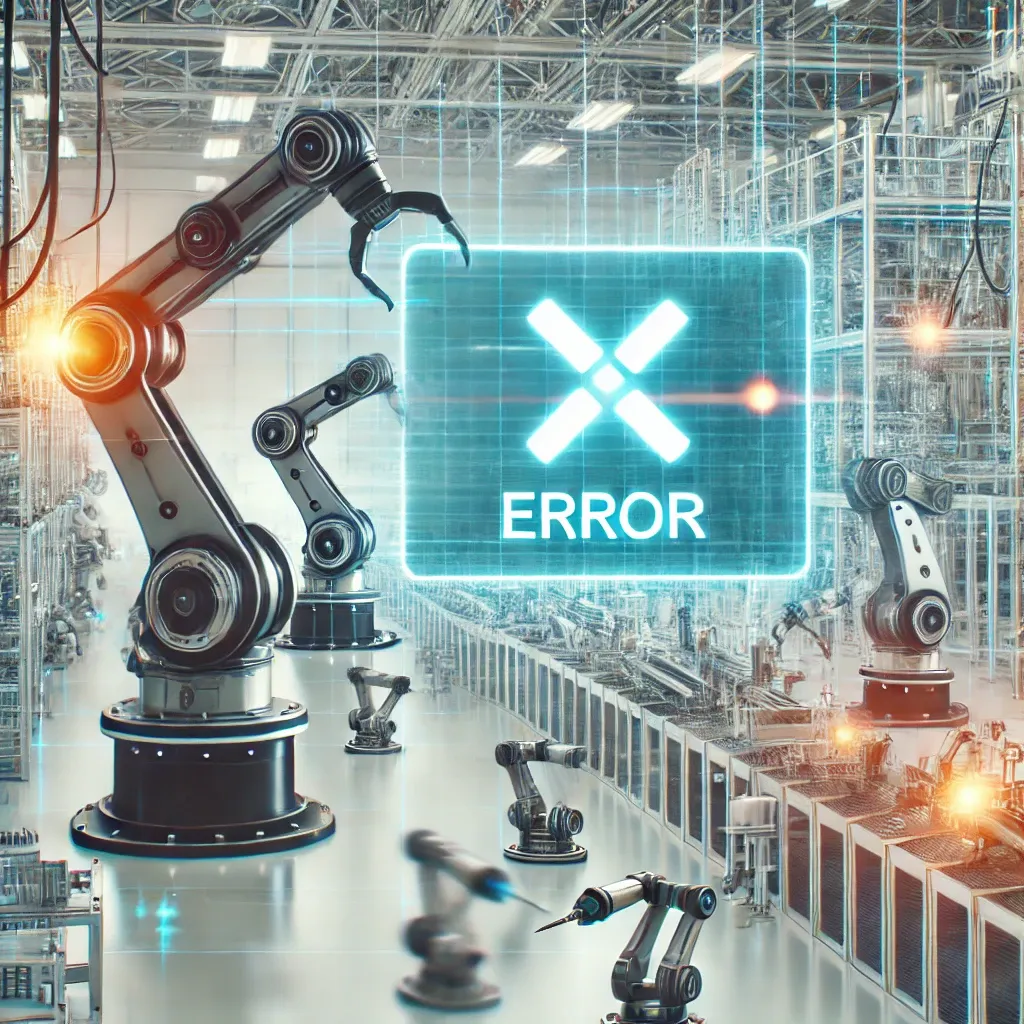Wondering what causes errors like Robo Rak 107 or Robo Rak 109 in robotic systems? Explore common causes of “Inside Errors” and how to troubleshoot them effectively.
Robotic systems, particularly advanced assembly systems like those found in industrial settings, are highly complex machines designed to streamline production processes. However, even the most advanced robots sometimes encounter what are referred to as “inside errors,” which can significantly impact their performance. In this article, we will break down the most common errors in Robo Rak systems, including Robo Rak 107, Robo Rak 109, and other types of internal errors, and explore ways to identify and resolve them.
Understanding Inside Errors in Robo Rak Systems
When we talk about inside errors in Robo Rak systems, we refer to malfunctions or issues that occur within the internal mechanisms or software of the robotic unit. These errors can be caused by a range of factors, including software glitches, hardware malfunctions, or incorrect configurations. Some of the most frequently reported inside errors include:
-
Robo Rak 107 – A communication failure between internal components.
-
Robo Rak 109 – An issue related to the sensor or actuator systems.
-
Robo Rak 106 – A power supply inconsistency or failure.
-
Robo Rak 105 – Problems with the initialization of robotic movements.
These errors typically indicate that the robot’s internal systems are not functioning as expected, and without proper attention, they can lead to operational halts or, in the worst case, system damage.
How to Identify Inside Errors
The first step in troubleshooting inside errors is identifying them accurately. In Robo Rak systems, error codes like Robo Rak 107 or 109 often appear on the diagnostic screen, with clear messages or flashing indicators that point to the root cause. For instance, Robo Rak 107 might indicate a failure in the communication interface between the robot’s internal processor and its peripheral systems. This could be a sign of a broken wire, faulty software, or a network issue.
Troubleshooting and Fixing Robo Rak Errors
Once the error code is identified, the next logical step is to address the issue through troubleshooting. Each error type has its unique set of procedures for resolution. Let’s go over some common troubleshooting steps for various Robo Rak errors:
-
For Robo Rak 107 (Communication Error):
-
Check the cables and connections between internal components.
-
Update the software and firmware of the system to ensure compatibility.
-
Test the communication channels using diagnostic tools to isolate the problem.
-
-
For Robo Rak 109 (Sensor/Actuator Failure):
-
Inspect the sensors or actuators for damage or misalignment.
-
Clean and calibrate sensors to ensure proper functioning.
-
Run diagnostic checks to ensure the sensors are communicating correctly with the central processing unit (CPU).
-
-
For Robo Rak 105 (Initialization Error):
-
Restart the system and perform a soft reset to clear temporary issues.
-
Review the initialization sequence in the robot’s software and check for errors in the startup process.
-
Verify that all necessary hardware components are securely connected and functioning.
-
-
For Robo Rak 106 (Power Issues):
-
Check the robot’s power supply and battery levels.
-
Inspect power cables for damage or loose connections.
-
Test the internal power management system to ensure it is distributing energy evenly across all components.
-
By following these troubleshooting steps, many internal errors can be diagnosed and fixed without the need for a full system overhaul.
👉 Learn more about Robo Rak error troubleshooting 👈
Preventing Future Inside Errors in Robo Rak Systems
While errors are often inevitable in any system, preventive measures can significantly reduce their occurrence. Here are some tips to prevent recurring inside errors in Robo Rak systems:
-
Regular Software Updates: Always keep the software up to date to ensure that bugs and glitches are addressed in newer versions.
-
Scheduled Maintenance: Conduct regular inspections and maintenance of robotic systems to catch issues early.
-
Environmental Controls: Make sure the environment where the robots are operating is free from dust, moisture, or extreme temperatures, which could affect their performance.
-
Employee Training: Ensure that personnel handling the robots are well-trained in system operations and error handling, so they can quickly react to and fix issues as they arise.
-
Redundancy Systems: Install redundant systems for critical components like power supplies or communication interfaces to prevent downtime in case of failure.
Conclusion
Inside errors in Robo Rak systems are a common challenge faced by engineers working with robotic technologies. By understanding the causes of errors like Robo Rak 107, Robo Rak 109, and others, engineers can more effectively troubleshoot and resolve these issues. With regular maintenance, proper training, and careful attention to software and hardware, many of these errors can be prevented. Ultimately, staying proactive and prepared is key to maintaining smooth and efficient robotic operations.
By applying these strategies, you can minimize the likelihood of encountering serious internal errors and keep your robotic systems running at their peak performance.






